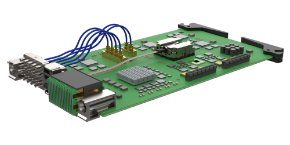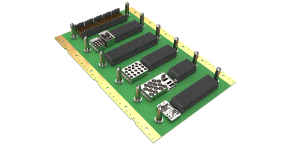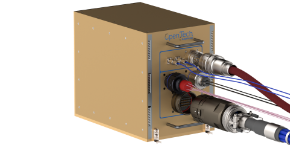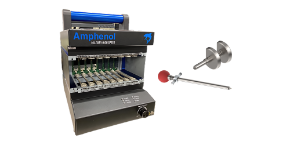14 Jun 2025
The Evolution of VITA 66: From VITA 46 to Advanced Optical Interconnects
The VITA 66 standard has evolved from its origins in VITA 46 to become a cornerstone for high-speed optical interconnects in military and aerospace applications. Initially developed to overcome the limitations of copper connections, VITA 66 introduced fiber optic technology to the VPX architecture, offering higher bandwidth, longer transmission distances, and resistance to electromagnetic interference. Key advancements include high-density MT ferrules, rugged ARINC 801 termini, and flexible Expanded Beam connectors. The modular nature of VITA 66 supports easy upgrades and maintenance, meeting the growing demands for reliable and high-performance data transfer. As technology advances, VITA 66 continues to evolve, integrating hybrid RF/optical modules and increasing connector density to further enhance embedded system capabilities.










